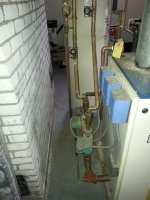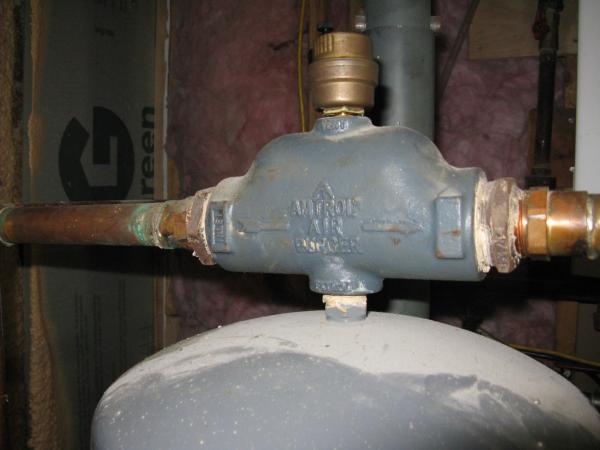GG_Mass
Member
Hi,
The water in the baseboard in my 3 season porch are frozen. I need to remove and replace the broken pipe by de-soldering, but, the pipes still have water in them. I'm pretty sure I found the draining taps downstairs, but would prefer to ask first before going ahead and removing the water from the baseboards.
1. Are those the right valves to open ?
2. Should the heating system, once restored, fill up water in the baseboards without any help/intervention from my side.
Thanks.
The water in the baseboard in my 3 season porch are frozen. I need to remove and replace the broken pipe by de-soldering, but, the pipes still have water in them. I'm pretty sure I found the draining taps downstairs, but would prefer to ask first before going ahead and removing the water from the baseboards.
1. Are those the right valves to open ?
2. Should the heating system, once restored, fill up water in the baseboards without any help/intervention from my side.
Thanks.


